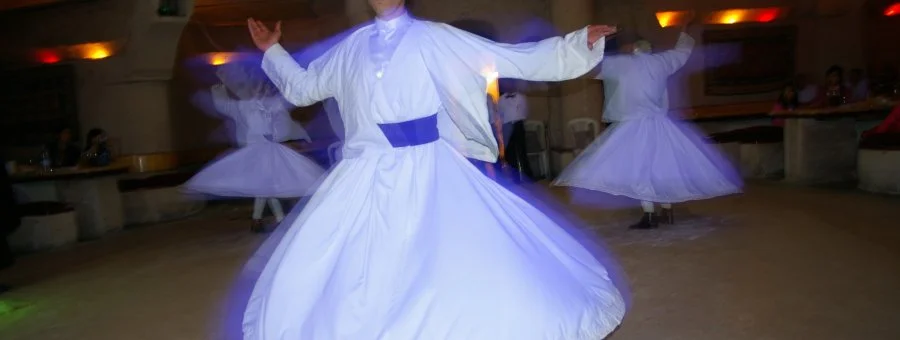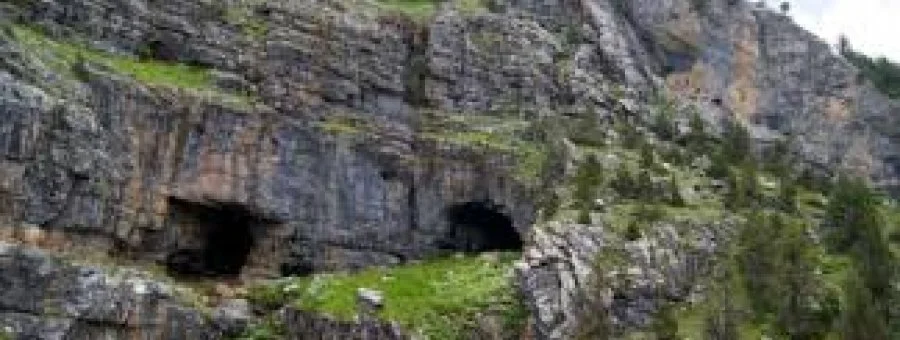Кружащиеся дервиши
Мевлеви, один из самых известных суфийских орденов, был основан в 1273 году последователями Руми после его смерти, в частности его преемником Хусаметтином Челеби, который решил построить мавзолей для Мевланы, а затем сыном Мевланы, султаном Веледом Челеби (или Челеби, Челеби) (слово Челеби означает полностью посвященный). Он был опытным суфийским мистиком с большими организаторскими талантами. Его личные усилия продолжил его преемник Улу Ариф Челеби. Мевлеви, или кружащиеся дервиши, верят в выполнение своего зикра в форме танцевально-музыкальной церемонии, называемой сема. Сема представляет собой мистическое путешествие духовного восхождения человека через разум и любовь к Совершенству. Обращаясь к истине, последователь растет через любовь, отказывается от своего эго, находит истину и достигает Совершенства. Затем он возвращается из этого духовного путешествия как человек, достигший зрелости и большего совершенства, чтобы любить и служить всему творению. Сема практиковалась в семахане (ритуальном зале) в соответствии с точно предписанным символическим ритуалом, когда дервиши кружились по кругу вокруг своего шейха, который был единственным, кто кружился вокруг своей оси. Дервиши носят белое платье (символ смерти), широкий черный плащ (хирка) (символ могилы) и высокую коричневую шапку (кула), символ надгробия.



